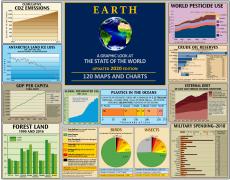Toxics
The essential data about toxics explained in 13 infographics. Detailed charts, tables and maps covering toxics & biotechnology, world agriculture pesticide use, glyphosate resistant weeds, elevated blood lead levels in usa children and more. Learn the truth about toxics and how it relates to the state of the world on The Global Education Project website with un-biased facts from the most reliable sources.A look at toxic chemical use (including Glyphosate, PCBs, DDT, dioxin, PBDE, lead, and mercury); safety testing; groundwater contamination; air pollution; the increase in biotechnology and pesticides in agriculture; nuclear toxicity.
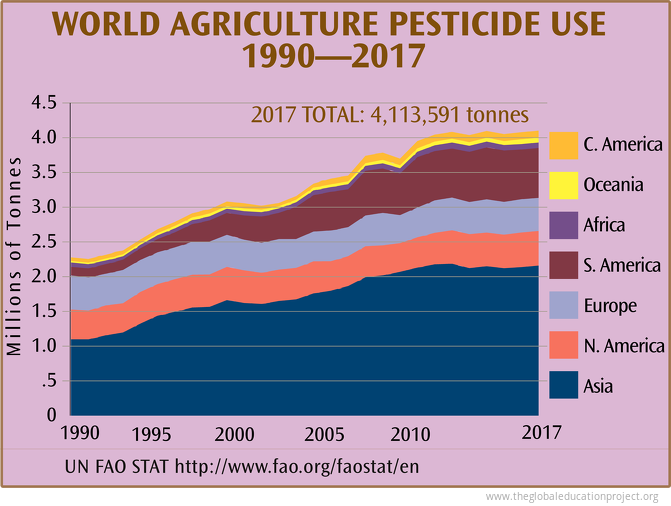
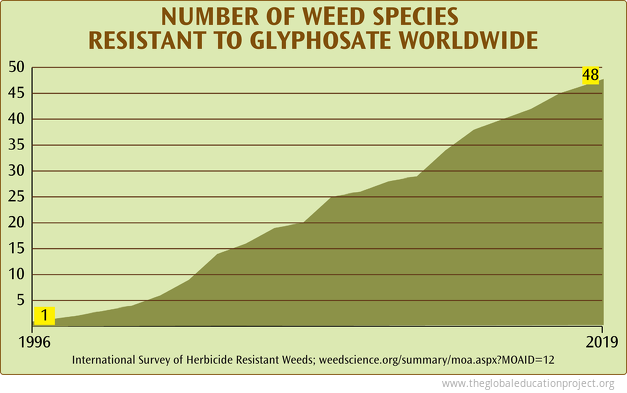
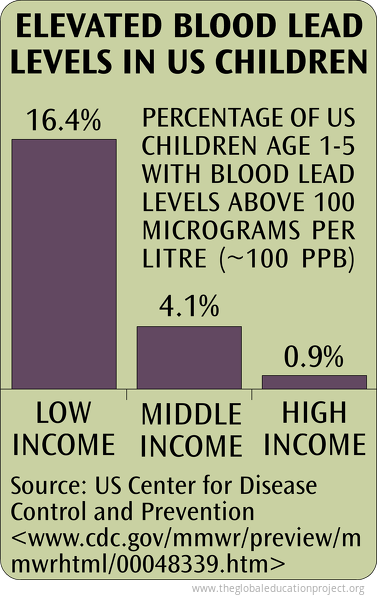 According to the CDC, more than half a million children ages 1 to 5 in the U.S. have blood lead levels high enough to damage their health, mostly from exposure to chips and dust of lead paint.
Globally, it is estimated that in 2017, lead exposure accounted...
According to the CDC, more than half a million children ages 1 to 5 in the U.S. have blood lead levels high enough to damage their health, mostly from exposure to chips and dust of lead paint.
Globally, it is estimated that in 2017, lead exposure accounted...
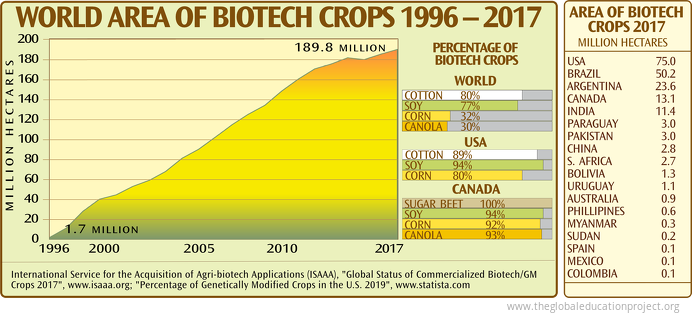 The development and release of genetically engineered organisms and their products has proceeded globally at a rapid rate, facilitated by vigorous partnerships between governments, scientists and corporations. 206 GMO crops are approved for use in the...
The development and release of genetically engineered organisms and their products has proceeded globally at a rapid rate, facilitated by vigorous partnerships between governments, scientists and corporations. 206 GMO crops are approved for use in the...
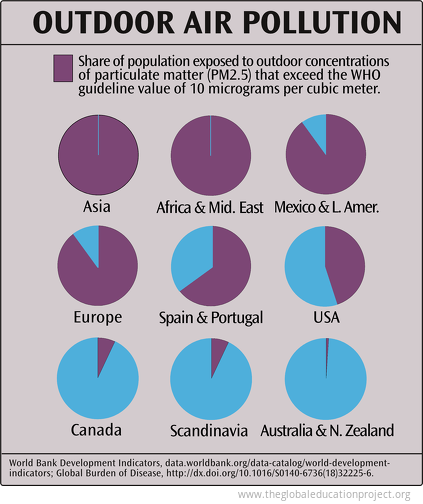 According to the 2017 Global Burden of Disease study, 3.4 million people died prematurely as a result of outdoor air pollution—more than 3 times the number who died from HIV/AIDS.
Air pollution—the combination of outdoor and indoor particulate matter,...
According to the 2017 Global Burden of Disease study, 3.4 million people died prematurely as a result of outdoor air pollution—more than 3 times the number who died from HIV/AIDS.
Air pollution—the combination of outdoor and indoor particulate matter,...
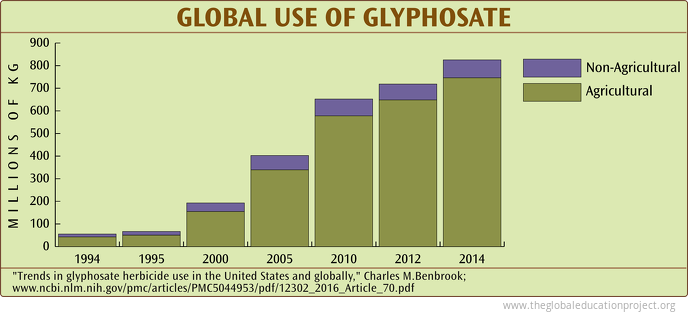
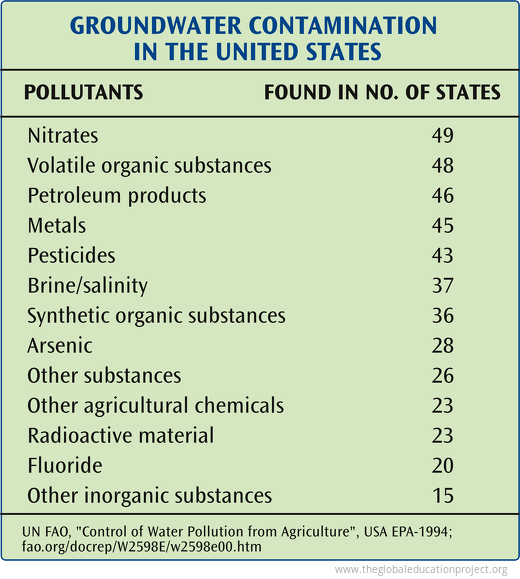 "60% of the most hazardous liquid waste in the United States, 34 billion liters of solvents, heavy metals, and radioactive materials, is injected straight into deep groundwater via thousands of injection wells..." [1]
"The industries requiring the...
"60% of the most hazardous liquid waste in the United States, 34 billion liters of solvents, heavy metals, and radioactive materials, is injected straight into deep groundwater via thousands of injection wells..." [1]
"The industries requiring the...
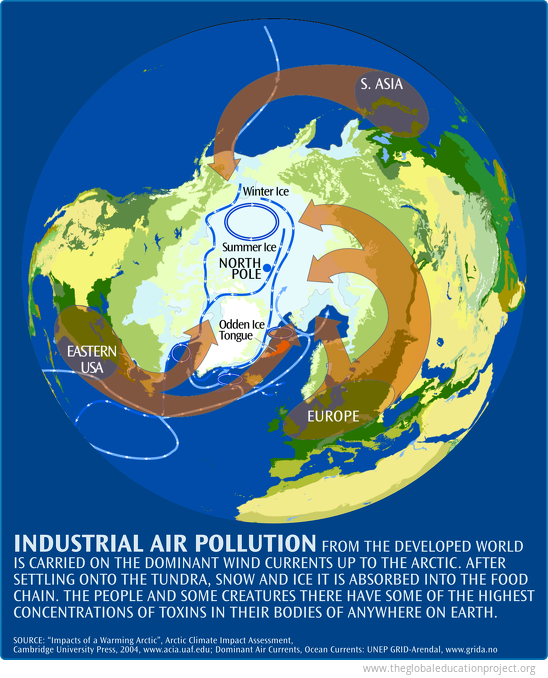 Industrial air pollution from the developed world is carried on the dominant wind currents up to the Arctic. After settling onto the tundra, snow and ice, it is absorbed into the food chain. The people and creatures there have had some of the highest...
Industrial air pollution from the developed world is carried on the dominant wind currents up to the Arctic. After settling onto the tundra, snow and ice, it is absorbed into the food chain. The people and creatures there have had some of the highest...
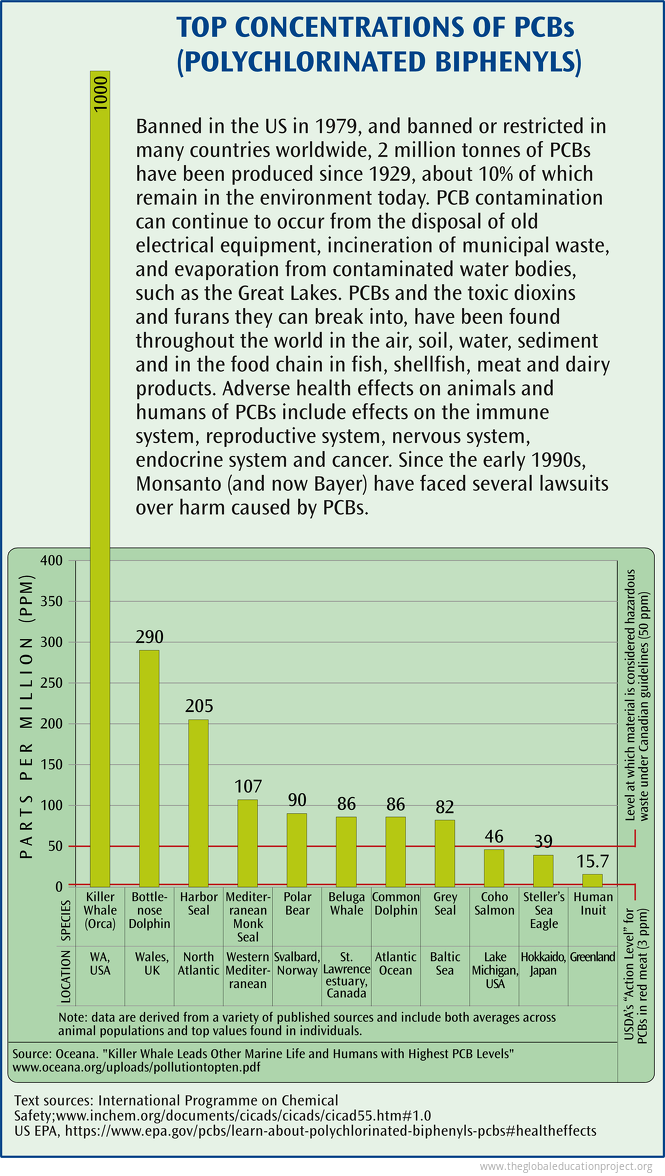
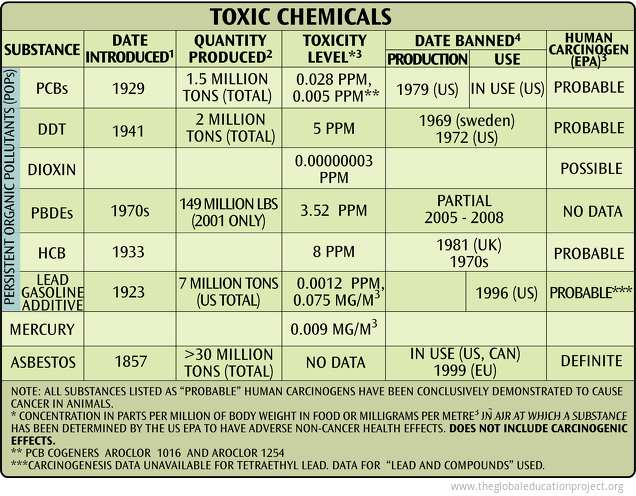 In 1998 the US Environmental Protection Agency did a study of the hazard data available on 2,863 chemicals that the US imported or produced in quantities greater than 1 million lbs/year. Most had never been tested to determine how toxic they were to humans...
In 1998 the US Environmental Protection Agency did a study of the hazard data available on 2,863 chemicals that the US imported or produced in quantities greater than 1 million lbs/year. Most had never been tested to determine how toxic they were to humans...
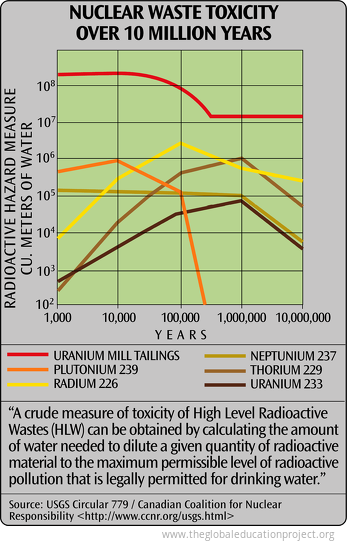 Both the USA and Canada have over 200 million tons of uranium tailings which retain 85% of their original radioactivity.
Both the USA and Canada have over 200 million tons of uranium tailings which retain 85% of their original radioactivity.
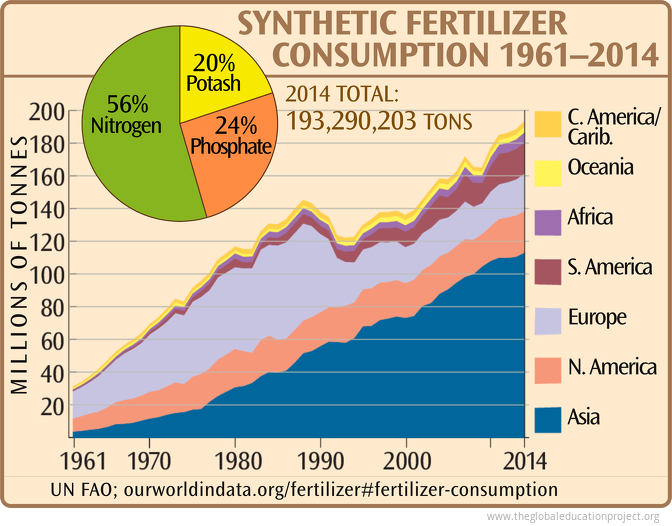 Nitrogen fertilizer production requires a large and affordable supply of natural gas.
Natural gas is a key feedstock (up to 90 percent of the total costs) in the manufacturing of nitrogen fertilizer for which there is no practical substitute. Nitrogen...
Nitrogen fertilizer production requires a large and affordable supply of natural gas.
Natural gas is a key feedstock (up to 90 percent of the total costs) in the manufacturing of nitrogen fertilizer for which there is no practical substitute. Nitrogen...
Page 1 of 1
Sign up for EARTH Dispatches
Enter you email below to get jaw dropping charts and maps delivered straight to your inbox.
Get the EARTH presentation
A 150 page high-resolution PDF containing all updated maps, charts and data on EARTH website; use as an information-packed educational slide show, printed booklet or a set of single-page handouts.
Learn More
